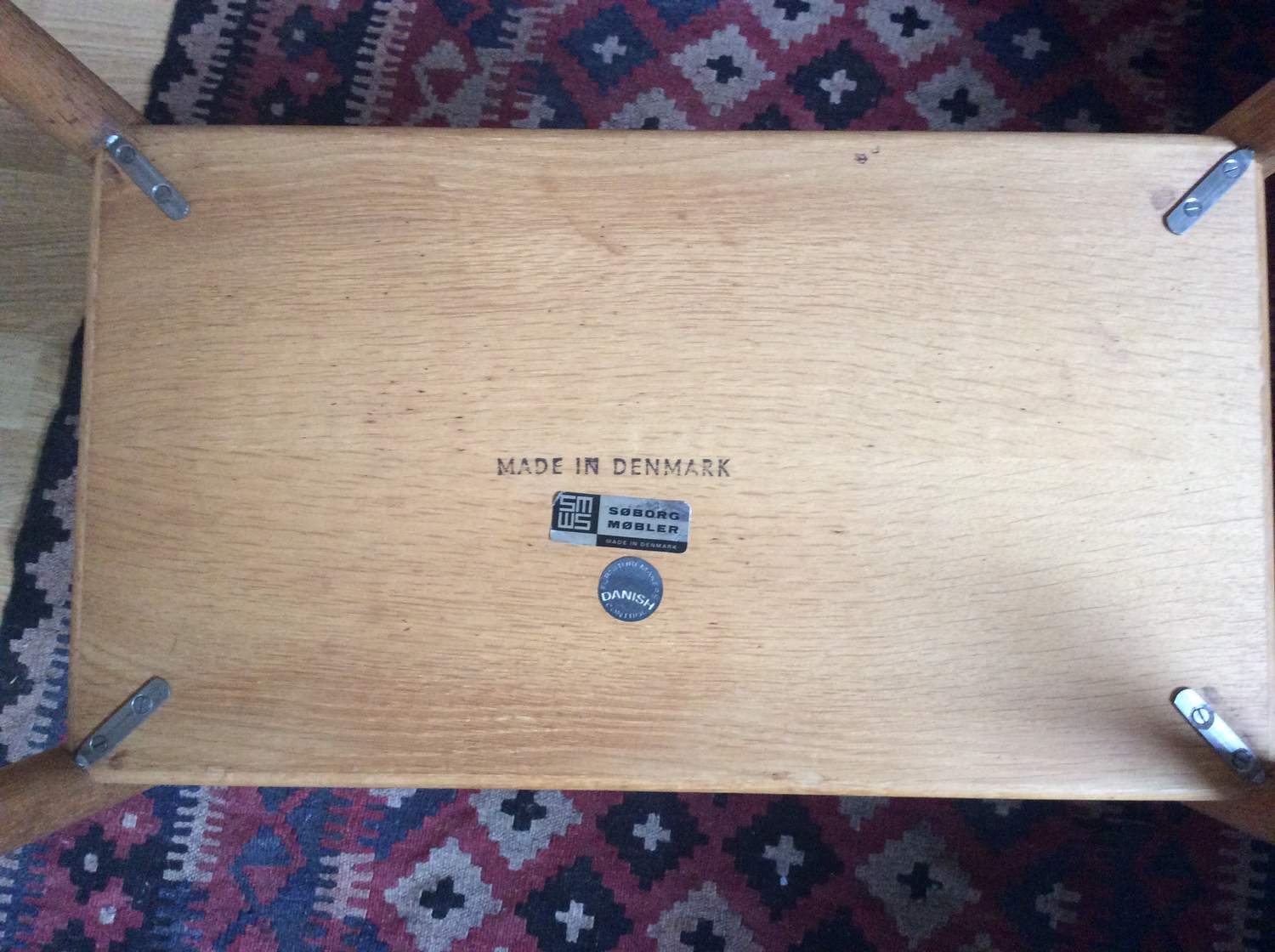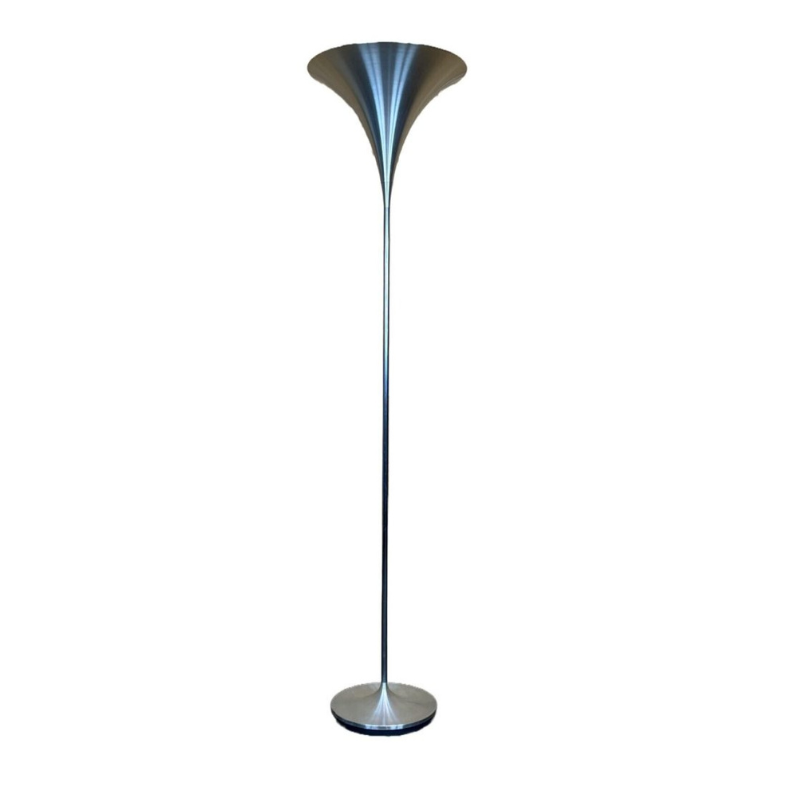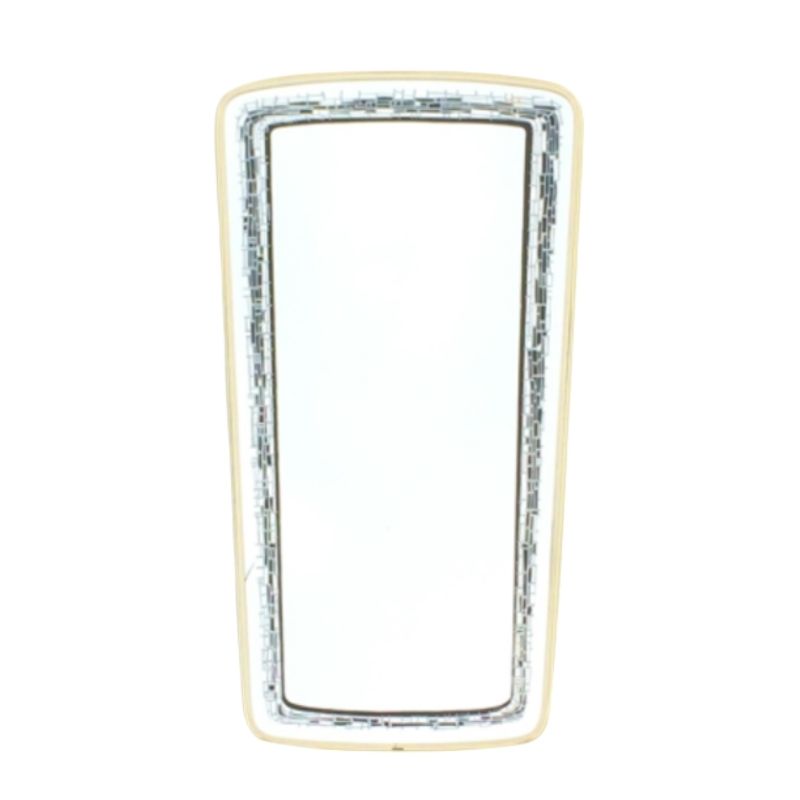Hi,
I have picked today this beautiful #148 nightstand by B. Mogensen for Søborg Møbelfabrik. It is in excellent condition but needs refinishing. There are a few large stains on the top (looks like waterstains but who knows...).
The nightstand is in oak and I am not familiar with working with this wood. I do not want to make things worse!
What would you advice to remove the stains? Oxalic acid maybe?
When done, what should be the finish? Oil or soap?
Many thanks for your help!
PS: if anyone wonders... the table is marked with a Søborg sticker (newer logo like on the '66 catalog) and a Danish Furniture Control on (which looks like fabric). Additionnaly, there are two Made in Denmark stamps.  <img class="wpforo-default-ima
<img class="wpforo-default-ima
I don't have experience with Danish oak, so don't know what type of finish it has. Someone used to working with Danish oak may recognize it immediately, so stay tuned. You should start with figuring out what finish it has now, since that will guide your path. Personally I would not remove finish from the whole piece (too much work) but instead remove from the damaged surfaces only and re-apply original finish to match. It is a clear finish, so getting a color match should not be a problem. This is apparently a veneer surface, though, so you need to be careful with sanding. Especially getting into the corners. Personally I would try sanding before using an acid or bleach; those are more likely to cause heartache in my experience.
Most likely finishes would be oil (linseed or tung oil), varnish (alkyd or polyurethane), or shellac. You also hear about soap or wax finish, though I don't have experience with those. Based on what I see I would guess a thin layer of polyurethane, but that is only a guess. You can test to determine what type of finish it has by applying different solvents and seeing what loosens the finish.
This oak has actually gotten a lot darker with time. Generally this is said to be oxidation, although I know that ammonia, either the low ambient levels that are in the air (some places have much higher ambient levels due to pollution or dairy farms or lots of fun things) or due to intentional fuming of the oak.
This surface patina does not go very deep, but it will look dramatically lighter once you go through it by sanding.
I would not be surprised if the oak was unfinished or soap finished (the Mogensen for Søborg coffee table I have has oak legs which were either unfinished or soap finished, which is about the same thing after 50 years without renewal of the soap).
The other reason I suspect that there is not a film finish, like a polyurethane or oil, is specifically because the oak has patinated so much. A film finish would much more protect the oak from ambient oxygen or ammonia.
A final reason I suspect there is no film finish is the pattern of the water stain on the top. It is diffuse, without sharp edges, as thought the water easily wicked across the surface.
This sort of stain is just about the perfect use case for oxalic acid. White oak has very, very high levels of tannin in it, and in the presence of water a chemical reaction occurs with iron that is also in the wood, and/or in the water that creates a new substance ferric tannate, which happens to be black. Oxalic acid effectively reverses the chemical change.
One simple test would be to wipe the top of the nightstand with water. If the wood uniformly wets, which is to say there is no beading of the water, that would indicate you can use oxalic acid without the need to remove any finish.
I would first use oxalic acid on the top, applied carefully so it does not get on the other surfaces. It is possible this will just immediately fix the problem. It is also possible that it makes the top a little lighter than the rest, in which case I would apply it everywhere.
If you do need to sand for scrapes or dings, I would look into disassembling the piece, and plan to commit to sanding everywhere, because it is very likely you will go through the brown patina.
I would absolutely not look to sanding to remove the dark stain. At least not until I had tried oxalic a few times. I strongly suspect it will be gone with the first treatment of oxalic.
And the nightstand is veneer, so be very careful not to sand through if you do sand at all.
I've had good results with that same kind of diffuse stain, though on teak, by using Barkeeper's Friend cleanser (10% oxalic acid and found in grocery stores) mixed with a little water to form a thin paste and then just rubbed on gently for a few minutes and then rinsed off. There are threads here on how to use it for longer periods on darker, more distinct stains and I've had good results with that too, but try it for just a minute or two. Some really light stains need even less time.
The thing about rubbing it around on the stain rather than applying some and letting it sit makes it easy to kind of feather it around the edge so you don't get a line where the treatment started and ended. The stain doesn't have a distinct edge so there's not a definite line at which to stop applying the treatment.
The teak table that I did this on had a big darker area that I was not hopeful about at all but it came out immediately. Whew!
Thanks a million for your help!
I am 99% sure it is not varnished as the wood of the legs feels kind of raw.
One thing that bothers me is that the underside of the low shelf is somewhat lighter than the rest of the nighstand. Just like if somebody did not bother applying a finish there.
My father who used to collect period furniture told me yesterday that if these are waterstains, I should try to rub them with a (clean) cork. I guess I will try this trick as I don't see how it can do any arm and I will have plenty of corks after the holidays...
Then I will try oxalic acid.
@ Spanky: thanks for your tip but I am afraid I won't be able to find your product as I am in France. Even oxalic acid is not called the same over here! It has a rather funny name: sel d'oseille (sorrel salt).
I just learned a couple of things:
A: Søborg was part of the Danish Furniture Control club.
B: Lye (sodium hydroxide, NaOH) reacts with tannins to create a dark compound. Soap is made by combined oil (an acid) with lye (strong base), and the resulting product is still slightly alkaline. Therefore soap treating oak can darken the oak. Especially if the soap is too concentrated:
http://www.carlhansen.com/craftsmanship/maintenance/tables/
I think it would be fair to infer that decades of soap treatment would have the same effect.
Anyway, the bottom and underside are lighter probably because the first owner was meticulous in maintaining the soap treatment, except for the undersides, which should have been soaped too. Or perhaps the former owner used too concentrated soap.
The effect is that of a light ammonia fuming. i think you could hasten the effect on the light faces by brushing on ammonia at some dilution. Or you could remove the patina and fume the piece to restore a nice uniform patina. It is light enough that I would think one might be able to do it with dilute regular ammonia and some extra time, instead of the strong, dangerous stuff
If you need any help, please contact us at – info@designaddict.com











